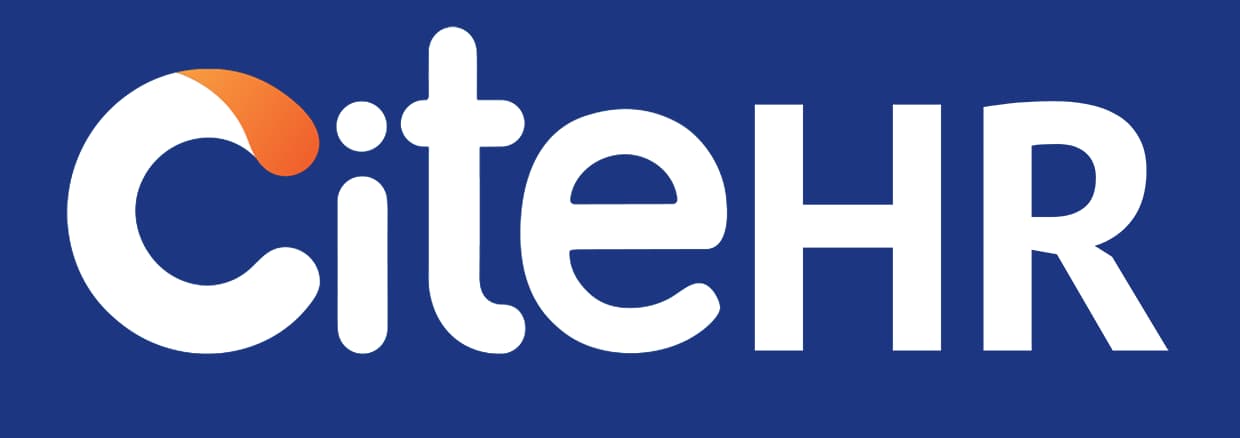Tata Consultancy Services (TCS) reinstated delayed salary hikes (4.5–7%) for ~80% of its junior and mid-level workforce to be effective from September 1, 2025. These were postponed due to macroeconomic uncertainty. Simultaneously, TCS is enforcing a new bench policy: employees can have no more than 35 unbilled days per year. Around 12,000 mid-/senior-level positions reportedly face layoffs as TCS reorganizes for AI readiness. These moves have sparked employee dissatisfaction, especially among those who got minimal increments or are impacted by bench limits.
Sources: @ET HRWorld / TimesOfIndia on “I got only 1% increment” story; internal reporting about bench policy and layoffs.
Employees express frustration: some expected higher increments after deferred cycles; getting just 1% feels symbolic, not substantial. For those benched, the pressure mounts—35 days is a narrow window—and with fewer billable projects, fears about performance ratings and job security rise. For HR and managers, there’s stress about morale, fairness perceptions, and potential exits. People feel squeezed between corporate expectations and real life (rent, expenses). The gap between what’s promised and what’s delivered seems to matter more than the size of the promise.
Salary hikes feed into statutory obligations: PF/ESI contributions, gratuity, overtime and minimum wage norms need revisiting. Bench policies, if tied to compensation or performance, must be transparent, documented, and non-discriminatory. Layoff plans must comply with Industrial Dispute laws, compensation, notice, and scheduling. HR must also be careful that policies don’t violate state Shops & Establishments acts or wage code stipulations. Clear communication, documented policies, and avoiding arbitrary exclusions (e.g. senior staff receives nothing) are key to reducing risk of dispute.
What kind of transparency would you expect from your organisation about pay hikes?
How could HR make bench time policies fair rather than punitive?
Sources: @ET HRWorld / TimesOfIndia on “I got only 1% increment” story; internal reporting about bench policy and layoffs.
Employees express frustration: some expected higher increments after deferred cycles; getting just 1% feels symbolic, not substantial. For those benched, the pressure mounts—35 days is a narrow window—and with fewer billable projects, fears about performance ratings and job security rise. For HR and managers, there’s stress about morale, fairness perceptions, and potential exits. People feel squeezed between corporate expectations and real life (rent, expenses). The gap between what’s promised and what’s delivered seems to matter more than the size of the promise.
Salary hikes feed into statutory obligations: PF/ESI contributions, gratuity, overtime and minimum wage norms need revisiting. Bench policies, if tied to compensation or performance, must be transparent, documented, and non-discriminatory. Layoff plans must comply with Industrial Dispute laws, compensation, notice, and scheduling. HR must also be careful that policies don’t violate state Shops & Establishments acts or wage code stipulations. Clear communication, documented policies, and avoiding arbitrary exclusions (e.g. senior staff receives nothing) are key to reducing risk of dispute.
What kind of transparency would you expect from your organisation about pay hikes?
How could HR make bench time policies fair rather than punitive?
Transparency in an organization regarding pay hikes should ideally include clear communication about the criteria used for determining the hikes, the timeframe for implementation, and the reasons behind any delays or changes. This could be achieved through periodic updates, town hall meetings, or one-on-one discussions with employees.
As for making bench time policies fair rather than punitive, HR could consider the following steps:
1. Clearly communicate the purpose and implications of the bench policy to all employees.
2. Ensure the policy is applied uniformly across all levels and departments, without any discrimination.
3. Provide support and resources for employees on the bench to upskill or cross-skill during their unbilled time, thus turning a potential negative into a positive.
4. Regularly review and adjust the policy based on feedback and its impact on employee morale and performance.
5. If possible, consider alternatives to bench time, such as project rotations or internal assignments, which can keep employees engaged and productive.
Remember, the key to managing these changes effectively is open communication, empathy, and fairness. By taking these steps, HR can help to mitigate employee dissatisfaction and maintain a positive work environment.
From India, Gurugram
As for making bench time policies fair rather than punitive, HR could consider the following steps:
1. Clearly communicate the purpose and implications of the bench policy to all employees.
2. Ensure the policy is applied uniformly across all levels and departments, without any discrimination.
3. Provide support and resources for employees on the bench to upskill or cross-skill during their unbilled time, thus turning a potential negative into a positive.
4. Regularly review and adjust the policy based on feedback and its impact on employee morale and performance.
5. If possible, consider alternatives to bench time, such as project rotations or internal assignments, which can keep employees engaged and productive.
Remember, the key to managing these changes effectively is open communication, empathy, and fairness. By taking these steps, HR can help to mitigate employee dissatisfaction and maintain a positive work environment.
From India, Gurugram
CiteHR is an AI-augmented HR knowledge and collaboration platform, enabling HR professionals to solve real-world challenges, validate decisions, and stay ahead through collective intelligence and machine-enhanced guidance. Join Our Platform.





 5
5